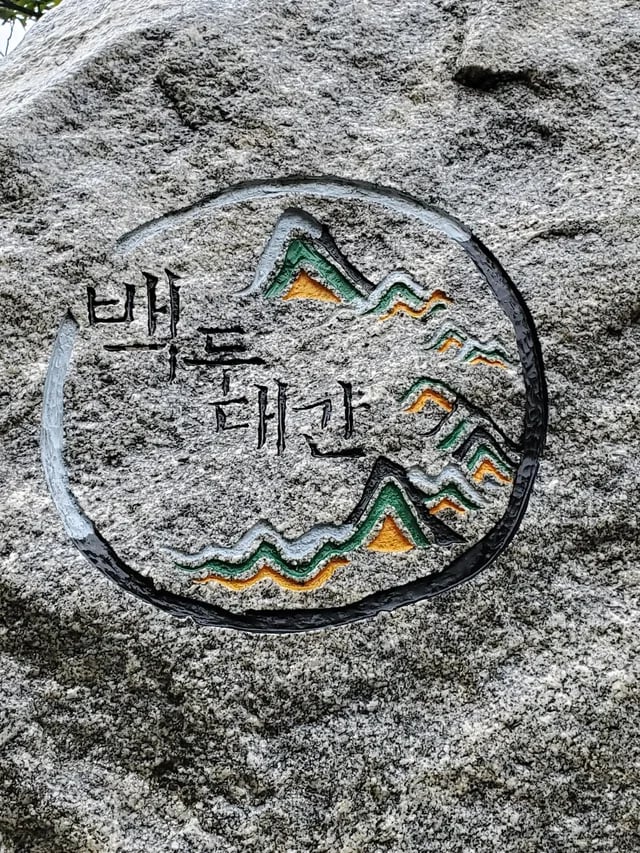Biodiversity Conservation Policy Development in the Baekdudaegan Mountain Range
8/4/20233 min read


The Baekdudaegan mountain range (“BDDG”) traverses the Korean peninsula almost completely from north to south, and is considered the central axis or backbone of the peninsula (The National Atlas of Korea). It is itself a protected area (“PA”) while housing hundreds of sites of immense ecological, cultural, and historical value.
Pursuant to the 2003 Baekdudaegan Mountains Protection Act (Korea Forest Service 2014), in or around 2005, the Korea Forestry Service of the Republic of Korea designated an area of 263,427ha as the BDDG conservation area according to the following criteria:
“first, the Baekdudaegan conservation areas, as the core of the mountain range, should not be disconnected; second, the ecosystems of Baekdudaegan must be secured to ensure their continuity and connectedness; third, the boundaries of core and buffer areas must be defined by ecological factors such as riverine systems, mountain systems, and vegetation; and fourth, any negative impact to local residents must be minimized, and the opinions of diverse stakeholders must be considered” (The National Atlas of Korea)
The purpose of the 2003 Act is to safeguard “fundamental landscape and ecosystem services by protection and restoration of the area” (Shin 2004).
In 2009, 179,095 ha of the designated area was declared to be a core conservation area, with the remainder as a buffer zone, thus establishing a sustainable mode of protecting the BDDG from any negative developmental impacts (The National Atlas of Korea) and “in order to ensure the connectivity of the ecosystem without fragmentation and the ecological restoration of devastated areas” (Shin 2004).
Some aspects of the current conservation approach within the BDDG can be summarized as follows:-
Ecological Integrity
Biodiversity within the BDDG PA appears to be under consistent protection on the basis that the PA land area is growing each year by way of purchase and restoration of private forestlands, by promoting sustainable agriculture by remaining private landowners, and by the planting of native and local species in degraded lands (Korea Forest Service 2014).
Climate Change
Since 2017, some valuable genetic resources from the BDDG - particularly high mountain species and climate vulnerable species - have been conserved in the Baekdudaegan National Arboretum (BDNA).
Human Wellbeing
The BDDG Mountains protection plan of 2006 to 2015 was slated to “support projects to increase local income, restoration projects, and private land purchase projects to assign those sites to the protected areas” (Korea Forest Service). However, local residents of the BDDG area have since highlighted issues concerning the adverse economic effects of the BDDG conservation approach arising from the strict regulatory requirements proscribing development and land use (Sung et al 2019; Park et al 2020).
Equity
Considering the aforementioned three perspectives, it is arguable that there is room for building greater intergenerational and intragenerational equity in the BDDG biodiversity conservation policy. The former would possibly entail enhanced efforts at preserving climate-susceptible species, and the latter would potentially require a renegotiation – in conjunction with local residents and affected community groups – of the balance between economic development and conservation priorities.
References:-
BDNA. ‘Introduction of the arboretum’. https://www.bdna.or.kr/eng/contents.do?idx=3038
Korea Forest Service. 'BaekduDaegan Mountains'. https://english.forest.go.kr/kfsweb/kfi/kfs/cms/cmsView.do?cmsId=FC_001695&mn=UENG_02_03_06
Korea Forest Service. (2014). 'National Report on Sustainable Forest Management in Korea 2014'. https://montreal-process.org/documents/publications/general/2014/KoreaNationalReportForSFM2014.pdf
Park, S., Zielinski, S., Jeong, Y., and Kim, S-I. (2020). ‘Factors Affecting Residents’ Support for Protected Area Designation’. Sustainability 2020, 12(7), 2800; https://doi.org/10.3390/su12072800
Shin, J.H. (2004). ‘Forest Damage History and Future Directions for Forest Landscape Restoration in Korea’. IUFRO Conference on Forest Landscape Restoration-Seoul, Korea May 14-19, 2007. https://www.google.com/url?sa=t&rct=j&q=&esrc=s&source=web&cd=&cad=rja&uact=8&ved=2ahUKEwiWnfDht8KAAxVEHnAKHe9_Dy0QFnoECCIQAQ&url=https%3A%2F%2Fwww.iufro.org%2Fdownload%2Ffile%2F1898%2F75%2F10100-et-al-seoul07-stanturf.pdf&usg=AOvVaw2-K4oyt1WvOMEOTv_gjJ1s&opi=89978449
Sung, H-C, Lee, K-I, Kim, Y-J, and Jeon, S-W. (2019). ‘Study on Reorganization Plan for District Division of Baekdudaegan’ Protected Area for Local Revitalization’. J. Korean Env. Res. Tech. 22(5):13∼25(2019). https://doi.org/10.13087/kosert.2019.22.5.13.
The National Atlas of Korea. ‘Traditional Ecology of Korea’. http://nationalatlas.ngii.go.kr/pages/page_2313.php